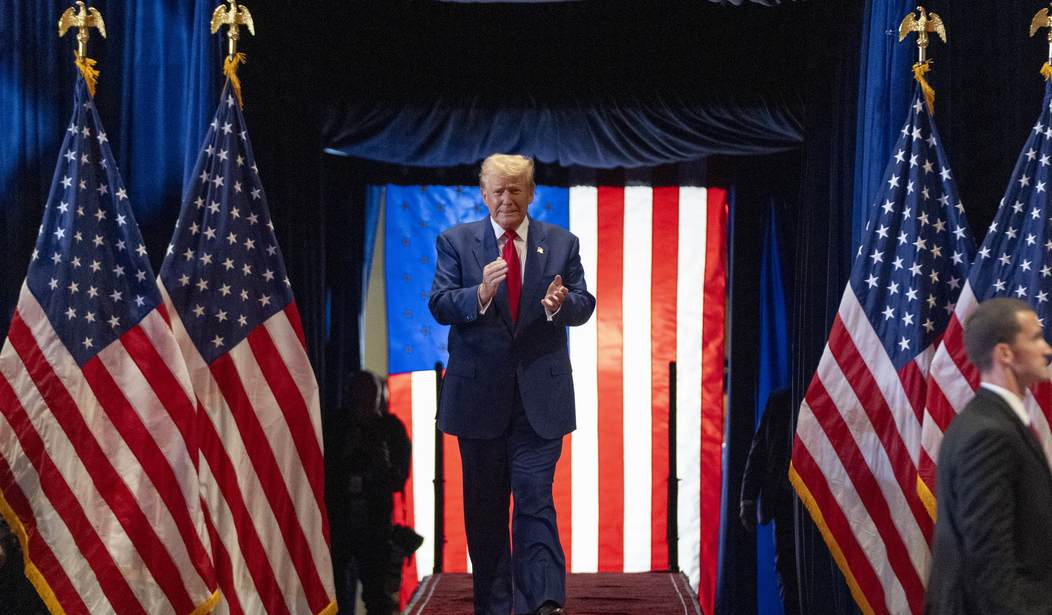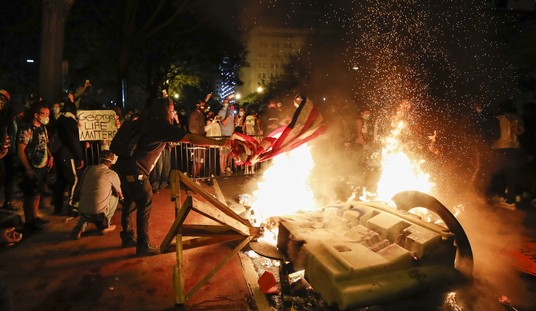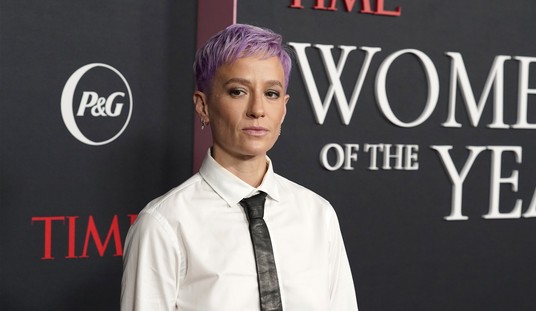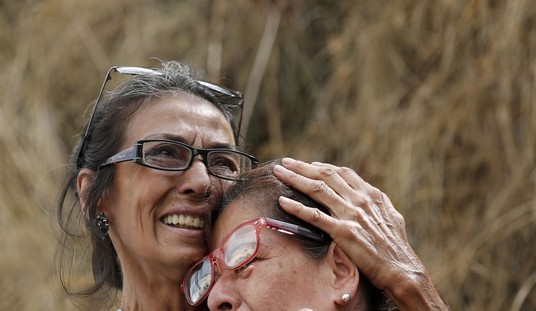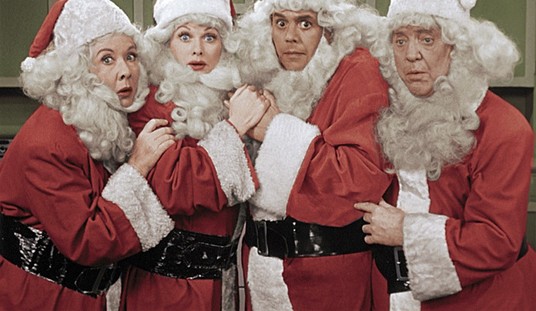National polls are fairly consistent on one thing: the number of "undecided voters" that are surveyed. About one-sixth (17%) of voters say they're torn between voting for Trump or Harris. That number includes those who say they're undecided and those whose support for either candidate is "soft."
Political campaigns call these voters "persuadables," and a lot of money, time, and effort goes into trying to reach them and get them to vote for their candidate.
But there's a much larger group of voters out there who have the potential every four years of being the deciding factor in a presidential campaign. These are the occasional or "irregular" voters. There are 80 million of them, and both campaigns are frantically trying to reach them.
“There are a gajillion more of those [irregular] people than the Harris/Trump ‘I don’t know; I’m still thinking about it’” kind of voter, Anat Shenker-Osorio, a communications consultant for Democrats and progressive groups, told The Atlantic's Ron Brownstein. “There are more humans who are non-habitual voters than there are voters who swing back and forth. That’s just math.”
That "math" gave Trump the presidency in 2016 and almost gave him the 2020 election as well. Irregular voters are once again the key to the presidency.
But don't the "persuadables" count?
Mike Podhorzer, a former AFL-CIO political director who has gained a positive reputation as a pollster on the left. “There are people who will say that they are undecided in a survey,” Podhorzer told Brownstein, “and it’s just not true.” Podhorzer bases that on his own polling method of asking whether the respondent has voted for one party or the other over the years.
“The effect of turning the question from making a statement about how you identify yourself to reporting on your previous behavior was kind of jaw-dropping,” he said. “Almost all” of the people who claimed to be undecided turned out “to actually be on one side or the other. It was just how they were asked.”
Among the operatives and strategists that I spoke with in both parties, the best estimate is that just 4 to 7 percent of voters in the battleground states are such persuadables—people highly likely to vote but genuinely uncertain about whom they will support.
There are millions of voters on each side who may have voted for one party or the other in the past but are struggling to "get to" Trump or Harris to cast their ballot.
One group who have voted for Trump in the past but are unsure they will vote this time are college-educated suburbanites. These are people who have been influenced by the anti-Trump media campaign and are struggling to vote for him again. These are people who are probably most likely to stay home on election day.
The other large group of irregular voters who might be persuaded to vote for Trump are younger and minority voters who don't like Trump personally but are turned off by the economic performance of Biden-Harris.
Those patterns frame the 2024 mobilization challenge for each party. Catalist, a Democratic voter-targeting firm, shared with me data rarely disclosed in public, based on its modeling, that attempt to quantify the number of infrequent voters in each of the swing states who lean strongly toward Harris or Trump. That research shows, first, that across the battleground states white people without a college degree routinely account for 70 percent or more of the Trump-leaning nonvoters; and, second, that people of color make up a big majority of Harris’s potential targets across the Sun Belt battlegrounds, as well as in Michigan.
"In a country divided so ardently and irrevocably between the two parties, the people who aren’t sure they care enough to participate at all are the ones who could tip the balance," writes Brownstein.
“Part of what you are seeing in this electorate is: a) a lot of anger; but b) discouragement,” Page Gardner, a Democratic expert on voter turnout, told Brownstein. “People are discouraged about their lives and feel …I’m trying really hard and I’m not getting anywhere.”
In effect, the U.S. has never emerged from the pandemic. What the pollsters are hearing is a nation divided by two, clashing worldviews, both believing that the fate of the country hangs in the balance.
Some people want to stick their heads in the sand. Others want to fight for what they believe. But most just want to be left alone to live their lives, raise their families, worship their god, and pursue happiness.
The candidate who can tap into that angst will win.



